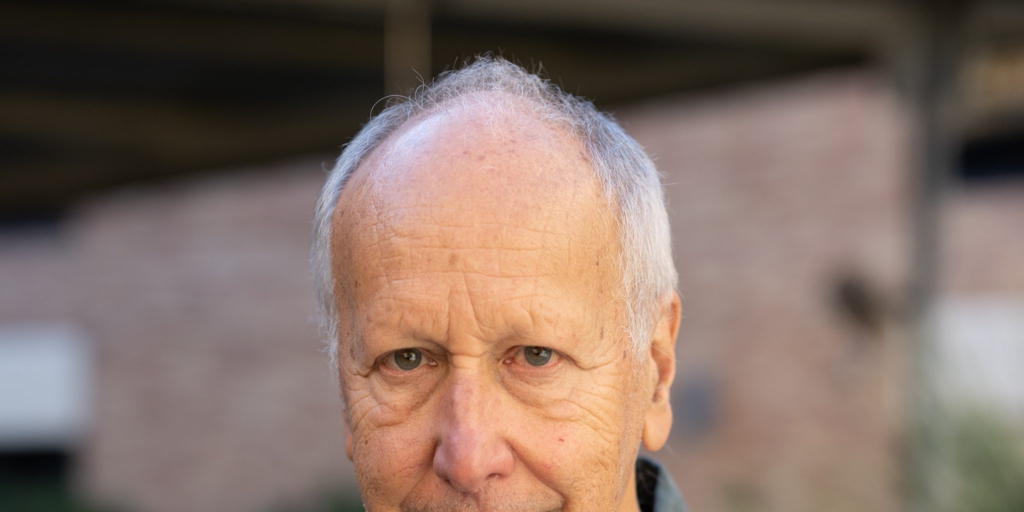
Argentine-American mathematician Luis Caffarelli (Buenos Aires, 1948) has won the Abel Award 2023considered the ‘Nobel Prize in Mathematics’, for his contributions to solving the so-called free border issues, those in which the separation surface of a dynamical system that has two phases, such as water and ice or an atmospheric front, is described. The award, endowed with 676,500 euros, was announced this Wednesday by the Norwegian Academy of Sciences and Letters.
The award, the highest recognition for a mathematical career, “is well deserved, very fair, because the work of Luis Caffarelli is revolutionary,” mathematician Antonio Córdoba, professor at the Autonomous University of Madrid, member of the Institute of Mathematics, told this newspaper. Mathematical Sciences (ICMAT) and collaborator of Caffarelli. “He has to do with important mathematical models for fundamental physics, and represents a great step forward in problems entrenched for several centuries, some since the Enlightenment,” he adds.
As Córdoba explains, the Argentine mathematician collects the contributions of the Chicago School (theory of singular integrals) and the American John Nash -whose life was made into a movie in ‘A wonderful mind’- and the Italian Ennio de Giorgi (linear equations, that describe how a surface with a minimum area evolves) in order to take “giant steps” with these wickers.
Caffarelli, a professor at the University of Texas at Austin (USA), worked in the 1980s and 1990s on understanding partial differential equations to describe systems in which there is a boundary that is not described in advance. An example is the study of the mixture of water and ice, to understand what the separation surface between the two solid-liquid phases is like. Other examples are an atmospheric front, a metallic alloy or the so-called ‘obstacle problem’. In the latter, an elastic membrane descends until it touches a body resting inside a flat enclosure, so that at the end of the process the membrane remains stuck to the edges of the enclosure. There will be a contact zone in which the membrane coincides with the obstacle, while outside its shape must satisfy the elasticity equations, how is the border curve of the contact zone?
unknown border
In all these cases, the border is unknown and forms an important part of the issue. «This is where his contributions are fundamental, he marked a before and after and built a wonderful building. He understood in depth the geometry of nonlinear problems», Córdoba points out about Caffarelli’s work.
And all this, what is it for? «When this question is asked in mathematics, one must always be very careful. Normally, we are a few decades ahead of what will later be technological progress, as happened with the Turing computer. But, for example, describing the evolution of an atmospheric front can improve our weather forecasts in the future, which is interesting and often crucial,” says Córdoba.
Caffarelli has become the first Latin American to receive the Abel Prize, which has been awarded annually since 2003 to one or two mathematicians. So far, 26 researchers have obtained it, including only one woman, Karen Uhlenbeck, in 2019.
The Argentine is a member of the ICMAT External Scientific Advisory Committee. He will receive the Abel Prize this Wednesday in Oslo from King Harald of Norway.
